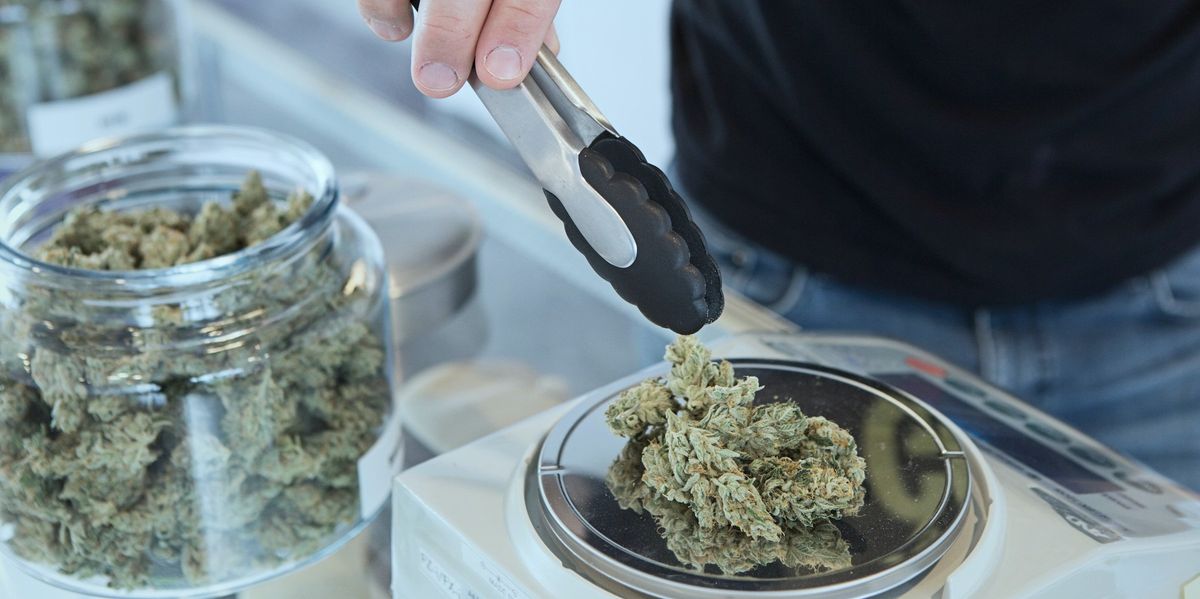
This month Science Magazine explores research into disturbing ways that THC, the main psychoactive ingredient in marijuana, binds to cannabinoid receptors abundant in the brain, including in fetal brains while still in the mother’s womb.
Serious, adverse impacts can ensue, disrupting the brain’s normal development.
Because the brain keeps developing into person’s 20s, adolescents and early adults are vulnerable to THC interference with how and when genes are turned on and off.
The lead neuroscientist in this work is Dr. Yasmin Hurd, of Mt. Sinai Hospital in New York City. She and her many collaborators study cannabis effects in rats, human fetal tissue and children, conducting experiments with the rats and tissue and then structuring epidemiological studies with children. The results are often strikingly concordant.
For example, Dr. Hurd wondered if there might be a biological mechanism that could explain the “gateway” effect, the supposed pattern that marijuana use leads to heavier drugs: Dr. Hurd gave young rats doses of THC. The exposed rats as adults self-dosed themselves with more and more heroin.
Fetal exposure to THC results inevitably when a pregnant woman uses marijuana. Fetal exposure in rats, according to Hurd’s research, causes “low motivation, depression-like traits and increased sensitivity to stress” in the animals once fully grown. Hurd then collaborated with Dr. Yoko Nomura to follow more than 700 children whose mothers had used marijuana during pregnancy. “Increased hyperactivity and heightened anxiety and aggression” was associated with fetal THC exposure as they reached ages 3-6.
Science Magazine calls these findings “especially compelling because she [Dr.Hurd] has been able to link results across species,” including people.
Read the full article, Smoke Alarm, by Ingred Sickelgren in Science Magazine.

